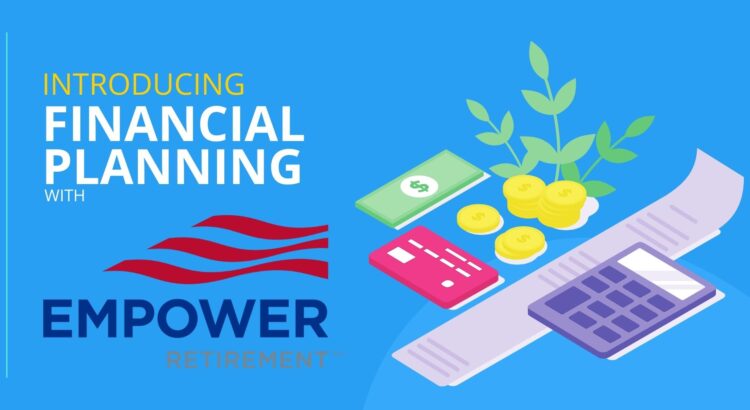We all know the feeling of our spending getting out of control. We often don’t realize how much we are spending on the “little things” like ride-sharing, our daily lunch at the deli around the corner, or all those subscriptions to streaming services we pay every month.
While the big things like rent or mortgage, car payments, and groceries often have the biggest impact on our spending, creating a comprehensive budget is one of the most important things you can do to manage your finances responsibly. However, there are many different approaches to budgeting and many different kinds of budgets.
So how do you choose the right budgeting approach for you and your family? One type of budget you might want to consider is what’s called the “50-30-20 budget.” It’s a percentage-based budgeting approach that is designed to make it easy for you to allocate certain percentages of your income to “buckets.” This can help you gain more control over your spending and, hopefully, achieve your financial goals.
3 main expense categories
With the 50-30-20 budget, you assign all of your household income to one of three main categories of expenses:
- Needs — The 50-30-20 approach dictates that you devote 50% of your income to this category. Needs are things like housing, utilities, food, clothing, insurance, and transportation.
- Wants —You’ll devote 30% of your income to this category. Wants are things like entertainment, eating out, vacations, recreation and hobbies, and non-essential items such as big-screen TVs, audio systems, and boats and motorcycles.
- Savings —You’ll devote the remaining 20% of your income to savings. This includes savings to meet both short- and long-term goals. It may also include debt repayment (other than a home mortgage, which should be considered housing and included in the needs category).
Distinguishing between wants and needs
While these expense categories may seem cut-and-dried, there are some expenses that can bleed over from one category to another. Take clothing, for example.
Obviously, we all need clothes. But there’s clearly a big difference between buying basic clothes and frequently purchasing designer clothing at a high-end boutique. The former would be considered a need while the latter would be considered a want.
Cars are another example. Unless you live in a big city where you can reasonably get around via public transportation, you probably need some kind of vehicle. A basic, dependable car like a Honda or Toyota could be considered a need, while a luxury car like a Mercedes-Benz or Jaguar could be considered a want.
Don’t get too hung up on these kinds of distinctions, though. Decide which category each of your household expenses fits in best and go with that. You can always make adjustments to your budgeting categories later.
The savings buckets
One of the biggest advantages of using a percentage-based budget like the 50-30-20 budget is that it forces you to devote a fixed percentage of your income to savings. Other budgeting systems can tend to just make “savings” whatever is left over after you’ve met all of your needs and wants.
With the 50-30-20 method, your savings should be further divided into two distinct buckets: short-term savings and long-term savings.
Short-term savings
Short-term savings may include an emergency fund, a planned surgery or medical procedure, or saving for a down payment on a car that you’re looking to buy in the near-term. For your emergency fund, it is generally recommended to have between three to six months’ worth of expenses set aside.
Emergency funds are there for you to tap to pay for large expenses like a major car or home repair, or to carry you over during an unexpected time of unemployment. Building an emergency savings account is a short-term savings goal that we recommend everyone set for themselves.
Long-term savings
Conversely, saving for retirement or your children’s college education is usually considered a long-term savings and investing goal. You might use tax-advantaged accounts such as a Roth IRA, 401(k), or 529 plan to help you meet these objectives. The amount you allocate to long-term saving and investing like this is going to be highly personal and depend on your specific goals.
If you can’t devote 20% of your household income to savings right away, don’t let that stop you from adopting a percentage-based budget like the 50-30-20 budget.
Start off with a savings percentage that’s realistic for you and adjust the formula accordingly. For example, a 60-30-10 budget might work better for you now, with the goal of gradually building your savings up to 20% over time.
How Empower can help
Empower provides free online tools that can help you implement a 50-30-20 budget. Empower’s financial tools offer a holistic view of your overall household finances in one central location; this is the first step to creating any kind of budget.
You can link your investment, retirement, bank, and credit card accounts to the dashboard in order to see all of your expenses and total monthly income to get a quick snapshot of your monthly cash flow. Based on this, you can start allocating income to the three expense categories dictated by the 50-30-20 budget system and make adjustments in order to get the percentages right.
In addition, you can create sub-categories beneath the main categories of needs, wants, and savings to help you track cash flow and categorize expenses more closely.

